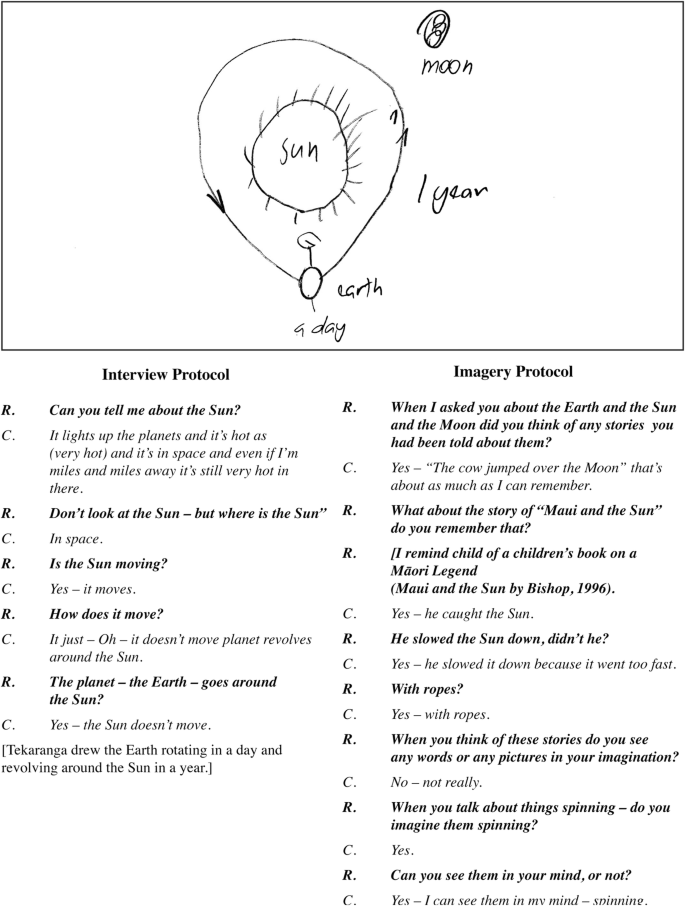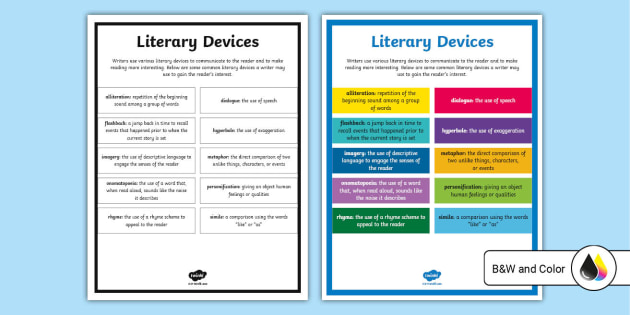
This is often considered a characteristic of fine literature because it frequently leads to a dynamic change in the protagonist. The protagonist is pulled by two courses of action or by differing emotions. Internal conflict or person-against-self: This conflict happens when the protagonist struggles within himself or herself. Some of the conflicts are as follows- Internal conflictĪ. ConflictĬonflict is the main source of tension in a novel or story. Such change is internal and sometimes may be sudden, but the events of the plot should make it seem inevitable. The other is dynamic character that experiences a basic change in character through the events of the story. Static Characterīesides there are two types of characters the one is static character that does not experience a basic character change during the course of the story. Round CharacterĪ round character is fully-developed, with many traits bad and good-shown in the story. A flat character is not fully developed we know only one side of the character. Flat Characterīesides, one must know that the amount of character development affects the quality of the story. Stereotypes can be useful in furthering the story quickly and are acceptable in minor roles if they do not provide hurtful portraits of the groups in question. StereotypeĪ stereotype is a character that possesses expected traits of a group rather than being an individual. The foil is usually a minor character, although if there are two protagonists, they may be fouls of each other. The foil, therefore, highlights the traits of the protagonist.

Character FoilĪ character foil is a character whose traits are in direct contrast to those of the principal character.

For example, Pip is antagonist in Dickens’ Great Expectations. Sometimes it is also be the protagonist’s own self, if he or she has an internal conflict. It is usually society, nature, or fate, as well as another person. The antagonist is the force in conflict with the protagonist. Characters in a novel are presented by means of description, through their actions, speech, or thoughts. Students who are unfamiliar with the literary elements or who need a greater understanding of literary quality should make a brief overview of the elements of fiction which are given here under – CharacterizationĬharacterization is the art of “creating characters for a narrative,” that includes “the process of conveying information about them.” This element is employed in dramatic works of art or everyday conversation.
+Types+of+LLS+Cognitive+strategies.jpg)

The literary quality of a book of fiction is based not upon its popularity or the ease with which it can be read, but upon the quality of the literary elements found in the book.


 0 kommentar(er)
0 kommentar(er)
